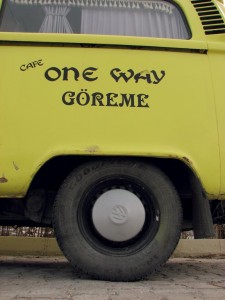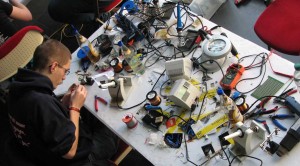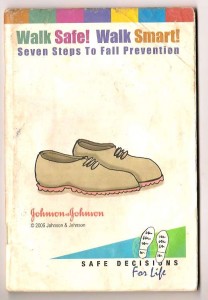Culture wanders, mutates, gets kidnapped, grows up. It spawns distant relatives we never hear from, unknown bastard children. I’ve run into fuax-Disney pillowcases in Cambodia and the Metallica Cafe in Thailand, but this — this takes it for crypto-cultural mutation of memes. From the mean streets of rural Turkey, I give you the Ultimate Volkswagen:
(click for larger)
That’s right. It’s a VW bus body with a half of a classic VW bug grafted on top as a moon-roof. In funky Lemon Yellow. Holy crap.
From the front you can see the attention to detail. The spare tire is strapped on front by a nautical helm. The paint scheme is elegantly simple except for the inscription “mashallah” which means “luck” in Turkish. A plush ornament hangs from the rear-view and all the windows are, of course, curtained and tassled. (I assure you the interior is similarly shaggy, with Turkish carpets and deep brown plaid upholstery.)
On the side we find the name of this righteous vehicle: the One Way Goreme (say it GOR-ray-me, the town where it rolls.) Naturally, the Volkswagen company didn’t build this — Germans were never so funky. This makes it a Turkish homebrew, but note the genuine VW hubcaps — a classy nod to the OG.
Nice, kids, nice.





